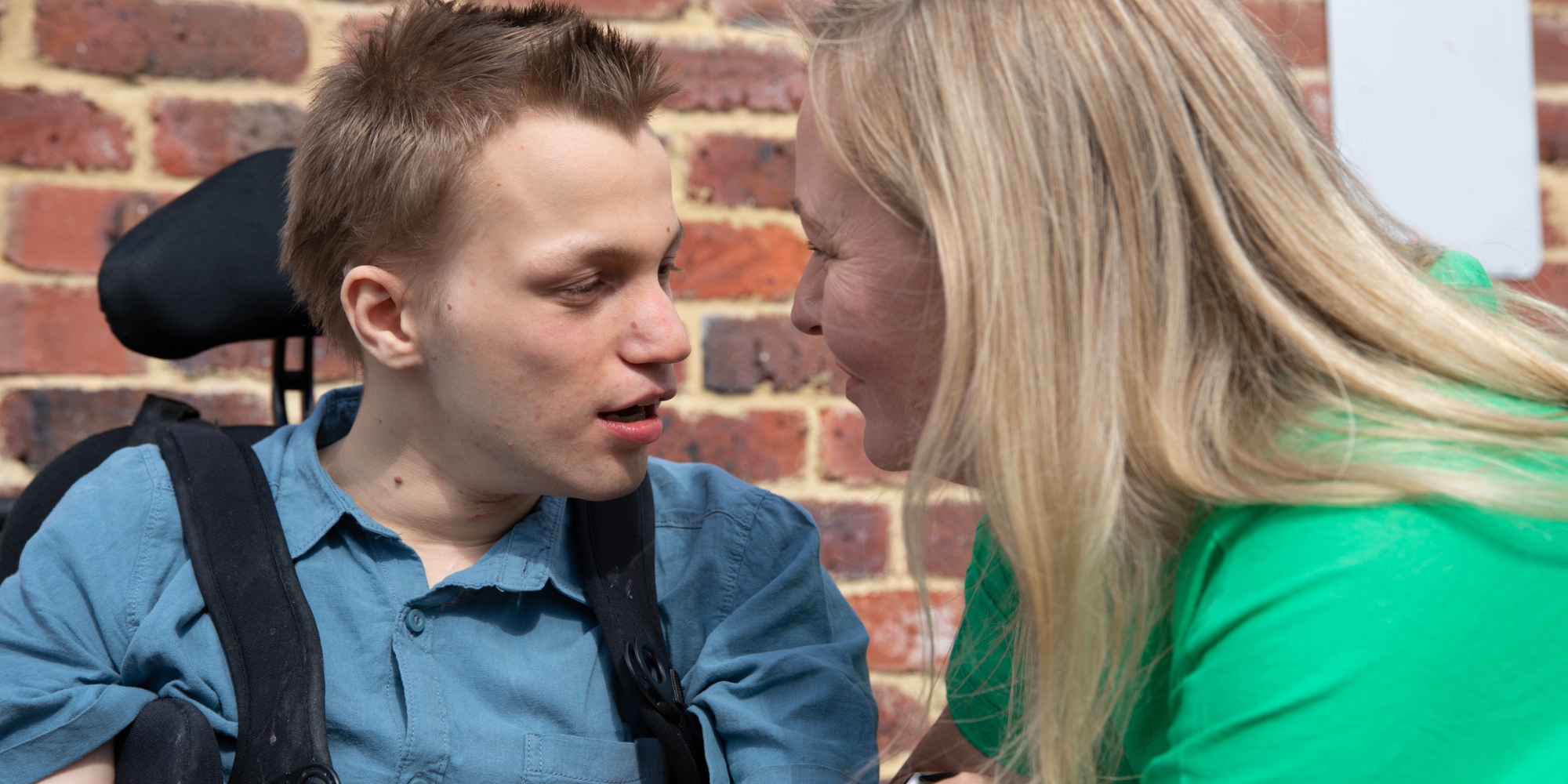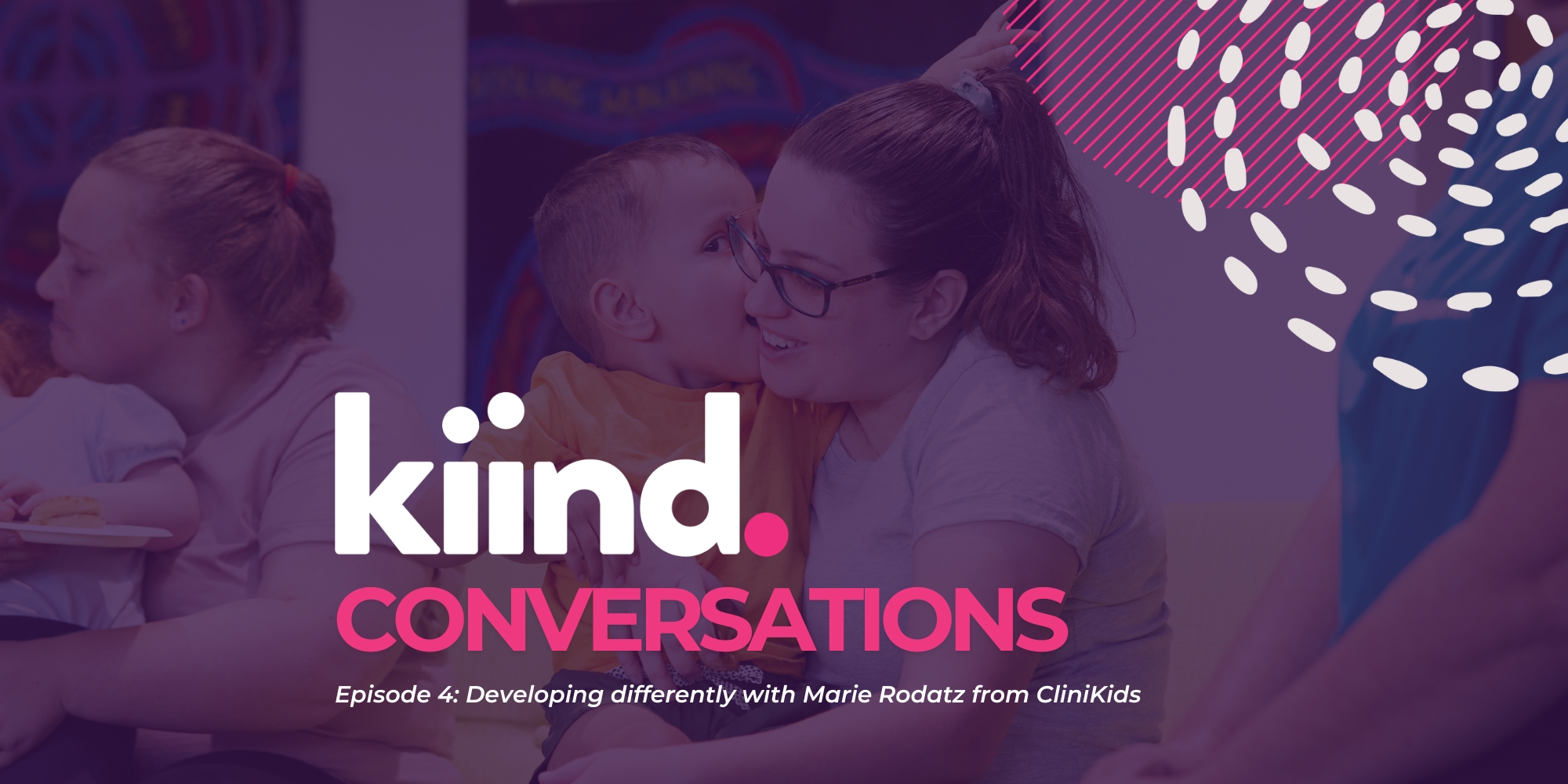Setting goals for your child’s NDIS plan ensures they get the right support to thrive. These goals help decide the supports your child will receive, making sure they meet your child’s needs and priorities.
Kiind understands that navigating the NDIS can feel overwhelming. That’s why we’ve created this guide to simplify the process and help you set clear, effective NDIS goals that work for your child.
In this guide, we’ll explore why goal setting is important and provide a step-by-step approach to creating goals that help your child get the most out of their funding and support.
Why goal setting matters
Goals play an important role in shaping your child’s NDIS plan. These will be discussed during your child’s NDIS planning conversation, and they will help your Early Childhood Partner, Local Area Coordinator or NDIA Planner to understand your child’s unique needs and aspirations, allowing them to consider funding supports to help your child build their independence and participate in the community. Therefore, it’s important to consider your child’s goals carefully.
Setting goals can also help you and your child’s support team identify the best ways to promote their growth, independence, and well-being. Goals give direction to your child’s team, making sure everyone is working towards the same outcome. They also make it easier to track progress. Regular reviews allow you to see what’s working and adjust support as needed.
Having clear, meaningful goals can make a real difference in your child’s life. They help focus support on the areas that matter most – whether that’s making friends, thriving at school, feeding or toileting independently. Involving your child in setting their own goals empowers them to take ownership of their progress, building confidence and a sense of control.
Step-by-step guide on how to set effective and meaningful goals
1. Focus on your child’s needs
The first step is to focus on identifying your child’s strengths and interests. Consider what they enjoy and excel at. For example, if they love music, a goal could be to develop coordination through drumming exercises. It’s also important to address developmental challenges, looking at areas where your child may need additional support, such as communication, mobility, learning, or social skills.
2. Involve your child and family
Involving your child and family in the goal-setting process is essential, so try encouraging your child to share what they want to achieve. Goals should also align with family routines, values, and long-term hopes.
3. Use SMART goals
Set goals that are:
- Specific: Clearly define what is being achieved. Example: Improve speech clarity to be understood by peers.
- Measurable: Include how progress will be tracked. Example: Attend weekly speech therapy sessions.
- Achievable: Ensure the goal is realistic given current abilities and available supports.
- Relevant: Focus on goals that enhance quality of life and development.
- Time-bound: Set a timeframe. Example: Work on goals over the following 12-month period.
4. Consider key developmental areas
When setting goals, consider key developmental areas that will support your child’s growth and independence. Some developmental areas and examples include:
- Daily living: The goal could include learning to dress independently.
- Communication: With weekly speech therapy, your child’s goal could involve improving their vocabulary to 100 words.
- Social interaction: The goal could be to attend one community playgroup per week to build confidence and connections.
- Education: The goal might aim to increase focus in the classroom with the support of an occupational therapist.
- Mobility and physical skills: Their goal may involve walking independently for 10 minutes with physiotherapy support daily.
- Behavioural support: Their goal could focus on developing emotional regulation strategies with the help of a psychologist.
5. Collaborate with professionals
Collaborating with your child’s support team ensures that their goals are suitable for your child and their current situation. Therapists, teachers, and other specialists can provide guidance. For example, a physiotherapist might suggest mobility-related goals, while a teacher can help set learning objectives.
6. Prioritise goals
Prioritising goals is key to making meaningful progress. Focus on a few key goals that will have the most significant impact on your child’s day-to-day life. If communication is a key area of development, prioritising speech therapy may be more beneficial than working on other skills at that stage.
7. Monitor and adjust goals
Monitoring and adjusting goals are an ongoing process. Regular NDIS plan reviews help ensure that goals remain relevant as your child grows and develops. During NDIS plan reviews, families should assess whether new goals should be introduced or if their current ones need to be updated.
Understanding NDIS funding
It is important to remember that setting bigger goals does not mean receiving more funding. NDIS funding is based on a child’s disability-related needs, not the size or number of goals set. However, by setting clear, achievable goals, families can ensure their child’s NDIS plan is practical, effective, and empowering.
If you need additional help with goal setting or support in understanding your child’s NDIS Plan, download our resources or book a Pathway Planning session with our Peer Navigators. Kiind’s Peer Navigators have lived experience raising children with disability and provide expert guidance on navigating the NDIS, health, education, and more.
To schedule a free one-on-one session with a Kiind Peer Navigator, click here.
To find out more about our other support services, please get in touch with us today.









